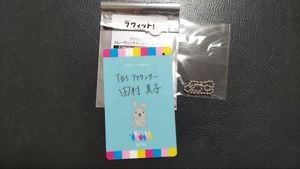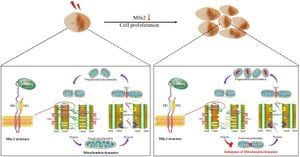Starting February 1, 2025, Russia is launching an experiment focused on the marking of automotive parts, aimed at enhancing the quality and safety of automotive components. This initiative will run until February 28, 2026, and it seeks to bolster the control over products utilized by vehicle owners.
The categories of automotive parts set to be marked include filters (air, oil, and fuel), safe glass (windshield, side, and rear windows), spark plugs, and various types of windshields and window glasses. According to informugra.ru, participation remains voluntary, allowing stakeholders such as manufacturers, importers, wholesalers, and retailers to decide if they wish to engage with this initiative.
The primary goal of this marking project is to not only improve the quality of automotive spare parts but also to simplify the tracking of their origins and combat the growing issue of counterfeit components. This effort aims to provide greater transparency within the supply chain and protect consumers from low-quality goods.
Reported by informugra.ru, “The marking will allow the government to control the turnover of products, trace their origin, and identify cases of falsification and counterfeiting.” By implementing such measures, the government hopes to establish stricter oversight over the automotive parts industry.
Once the experiment concludes, the results will be thoroughly analyzed. These findings will aid the government in determining whether to enforce mandatory marking for specific categories of automotive parts moving forward. If successful, this could lead to significant shifts within the market structure, encouraging stricter regulations.
For consumers, this development is noteworthy. The initiative is expected to increase their confidence when purchasing automotive components. The presence of product markings guarantees authenticity and compliance with established safety and quality standards. One consumer advocate remarked, “This step means greater confidence for consumers when purchasing automotive components.”
Not only will increased confidence help consumers make informed decisions, but it will also lead to safer road conditions. The importance of utilizing high-quality, reliable automotive parts cannot be overstated, especially when considering the potential risks posed by faulty components.
While the marking project remains voluntary for now, industry experts are optimistic. If the positive outcomes are as anticipated, it will set the stage for mandatory regulations, providing consumers with much-needed peace of mind. The potential for improved quality standards could reduce the influx of counterfeit and substandard parts flooding the market.
Overall, this marking experiment offers a significant step toward improving automotive safety and quality control measures within Russia’s auto industry. It not only serves as a trial for future regulations but also highlights the importance of consumer protection. Consumers can soon expect greater transparency and reliability when it pertains to automotive spares, fostering trust between suppliers and vehicle owners.
With the project expected to provide actionable insights over the next year, its outcomes could reshape the automotive parts market and directly benefit drivers across the nation. By intensifying efforts to control the quality and safety of automotive components, the Russian government is making strides toward ensuring the reliability of products bought and used on the road.



